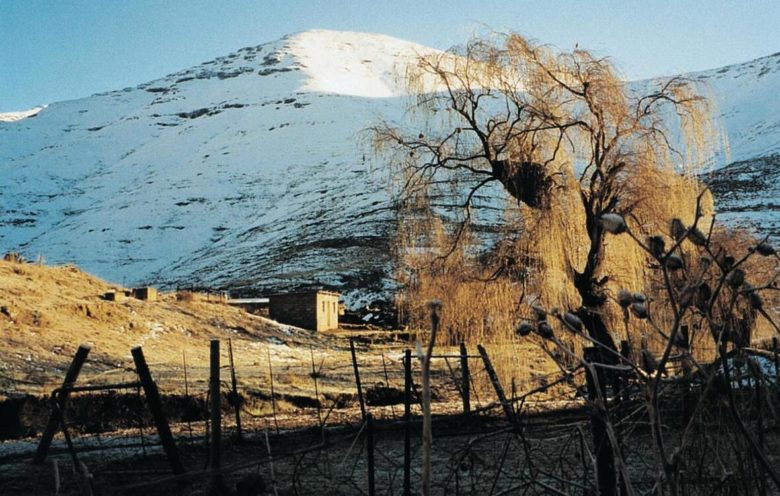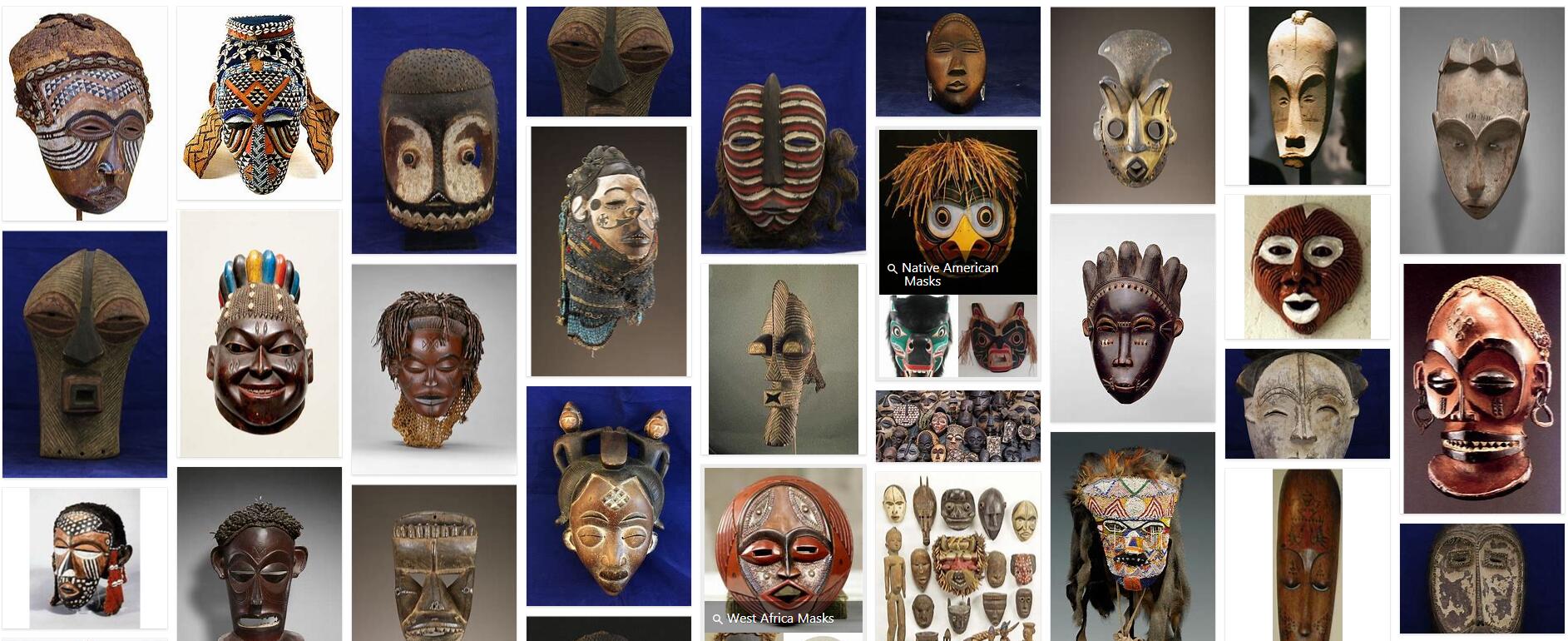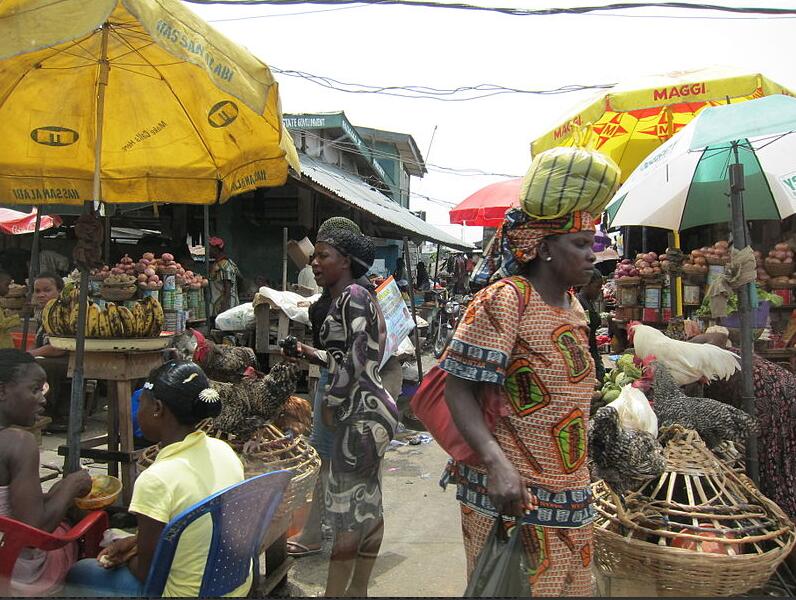Lesotho Geography
Lesotho is an enclave in the southeastern part of South Africa. The country is mountainous and in total is over 1000 meters above sea level.
The bedrock consists of Karroo sandstone with an overlying horizontal layer of karroo lava. The eastern 2/3 of the land includes the highest part of Drakensberg -randfjellene on the east side of The South African plateau. The highest mountain is Thabana Ntlenyana, 3482 meters above sea level. To the west is a 60-100 km wide plateau, approx. 1700 masl, which forms a continuation of the high plateau of the Free State (in South Africa). The river Orange and its streams have cut deep valleys in the western suburbs, creating a very rugged landscape.
Forests no longer exist in Lesotho, and soil erosion has been a serious problem. The low lying areas have grass vegetation which is higher up replaced by alpine vegetation.
The mammalian fauna comprises 50 species. Elephant and lion occur, but both are endangered. With 323 bird species registered, the bird fauna is quite rich in relation to the size of the country. The 120 breeding birds include: white pelicans and storks such as stork, black stork, African cormorant and shadow bird. Birds of prey include lamb vultures, mantles and river eagles. In addition, 41 reptiles and 6 amphibians occur.
Climate
Lesotho is located in the subtropical summer rainfall area, where precipitation falls in connection with the southeastern pass. The rainfall, which often comes as heavy thunderstorms, is in most places 500–750 mm per year, but some mountain regions get up to 1900 mm. Due to the elevation above the sea, temperatures are relatively low, and in winter both frost and snowfall occur. The average temperature in the capital Maseru (1570 m) is 21 °C in the warmest month (Dec – Feb) and 8 °C in the coldest month (June – July).



